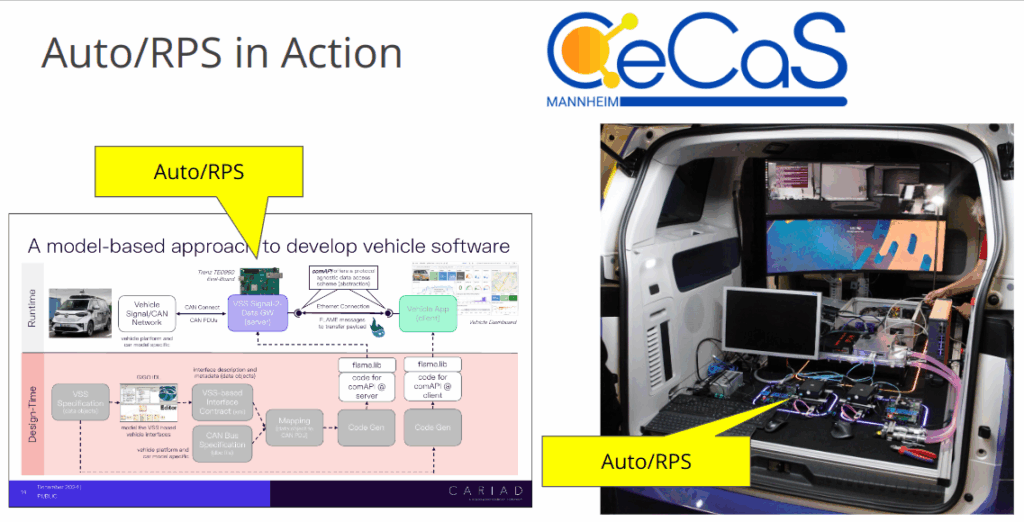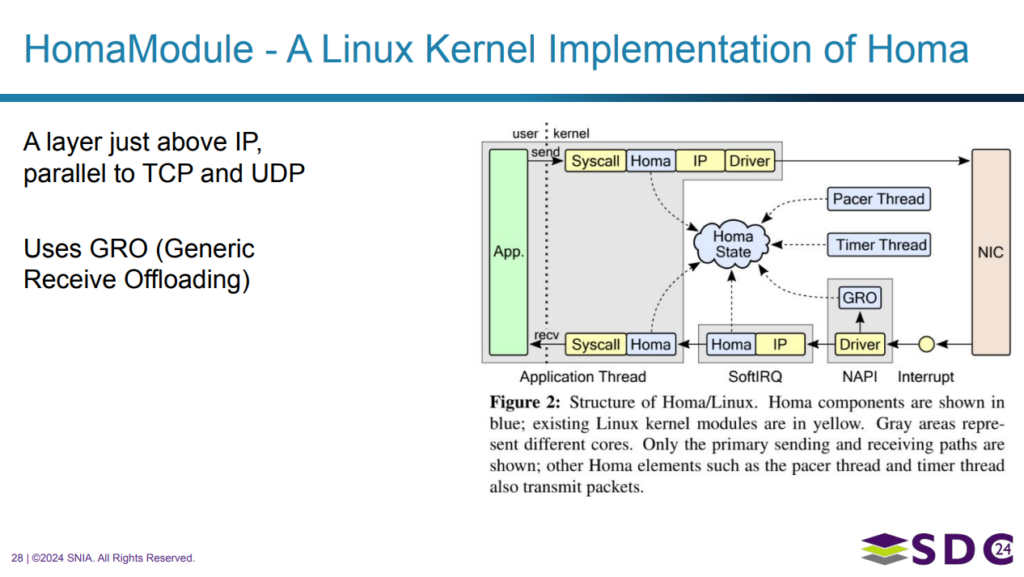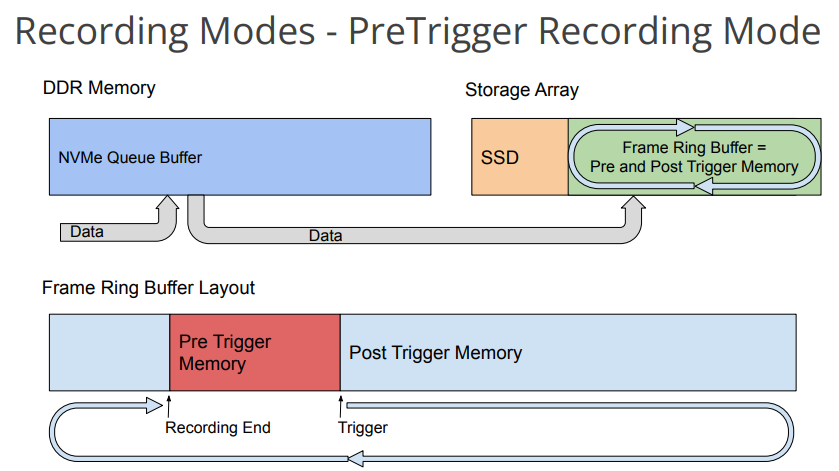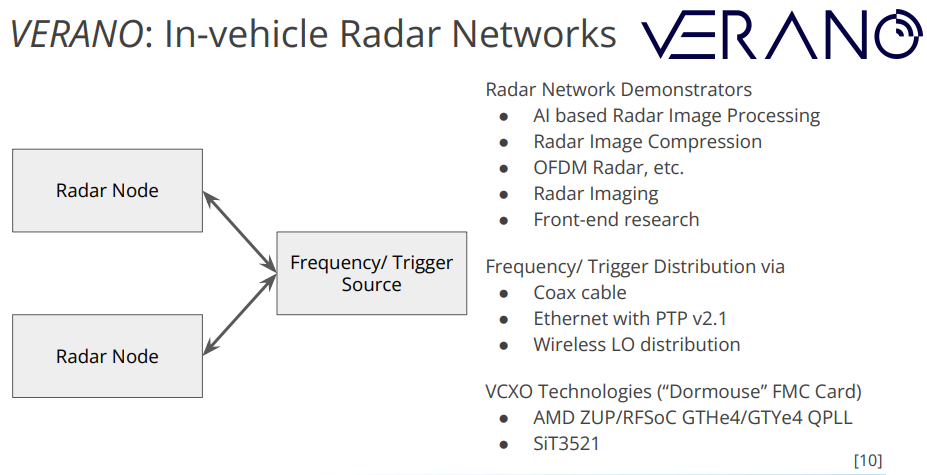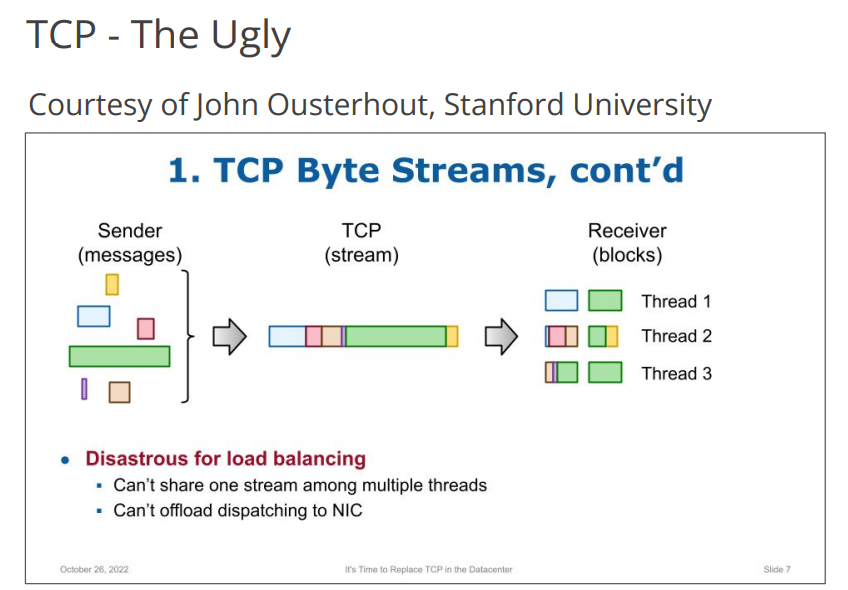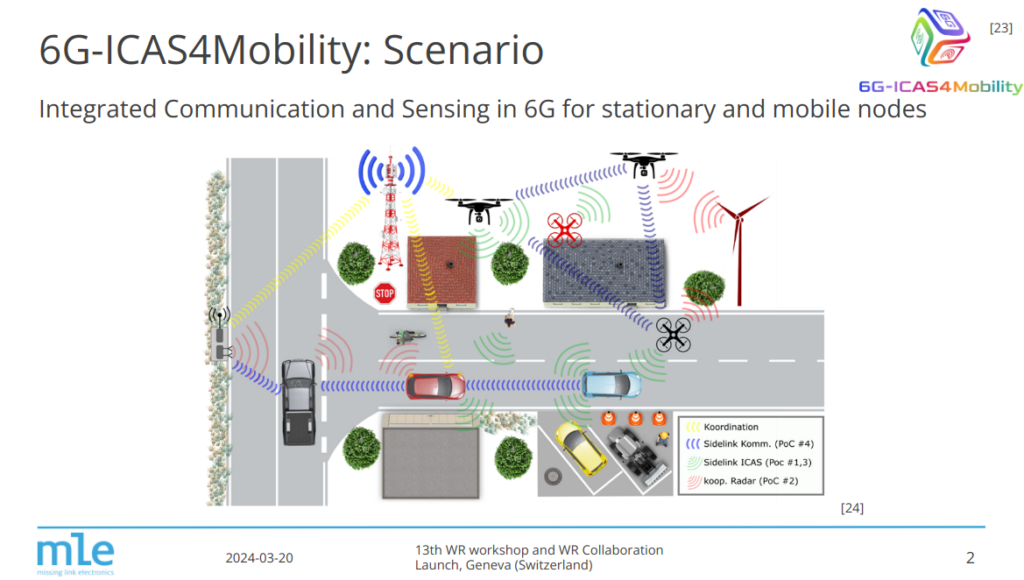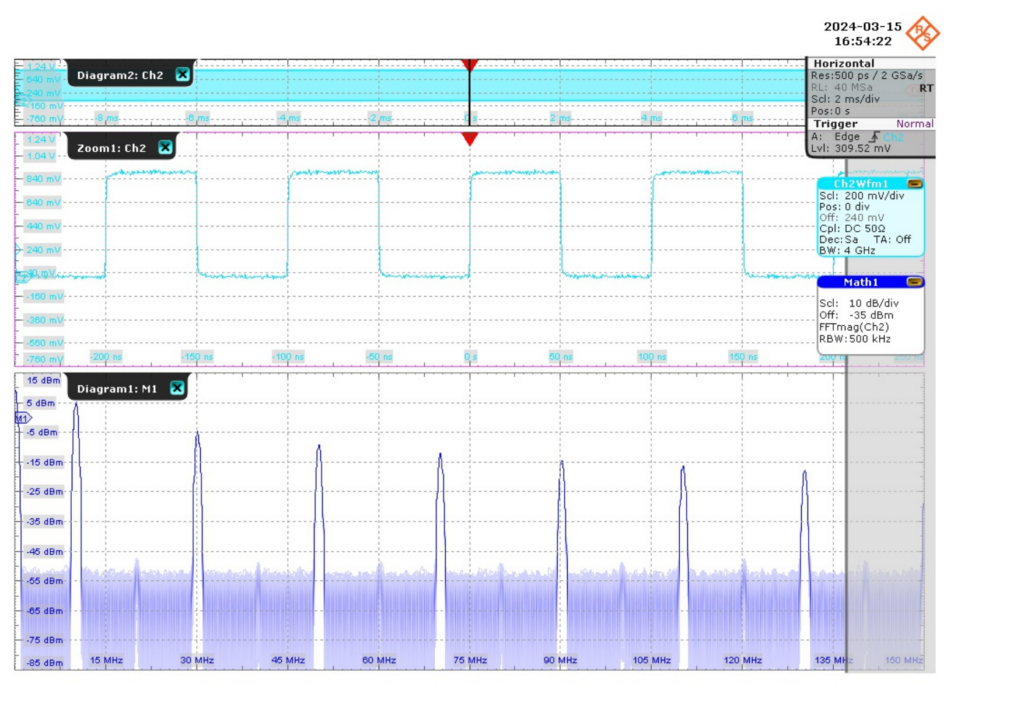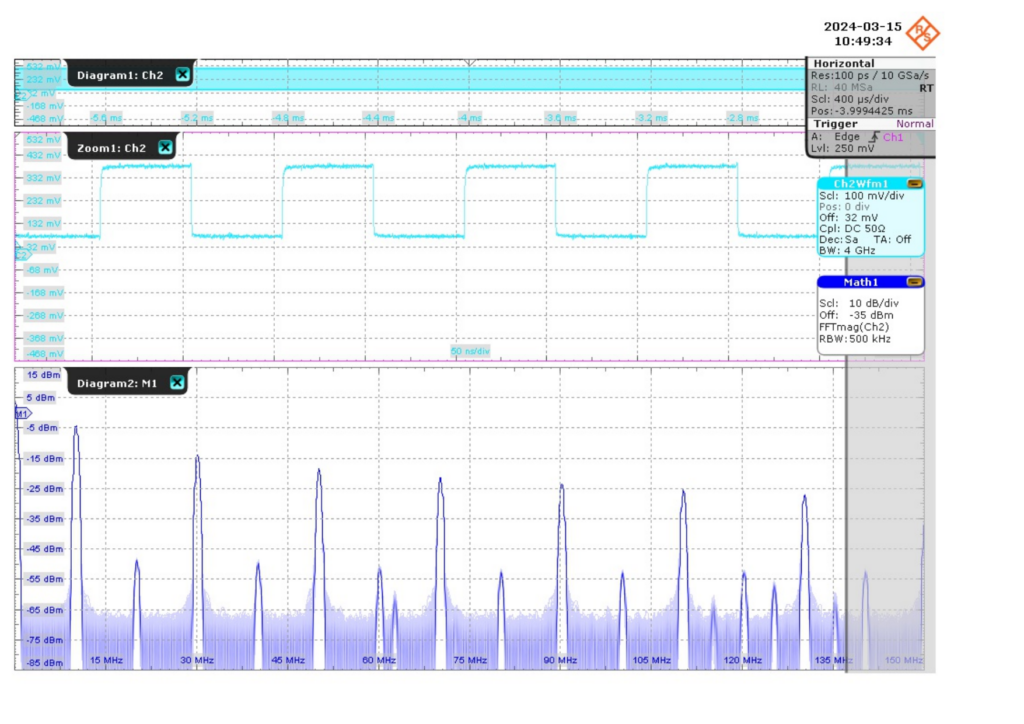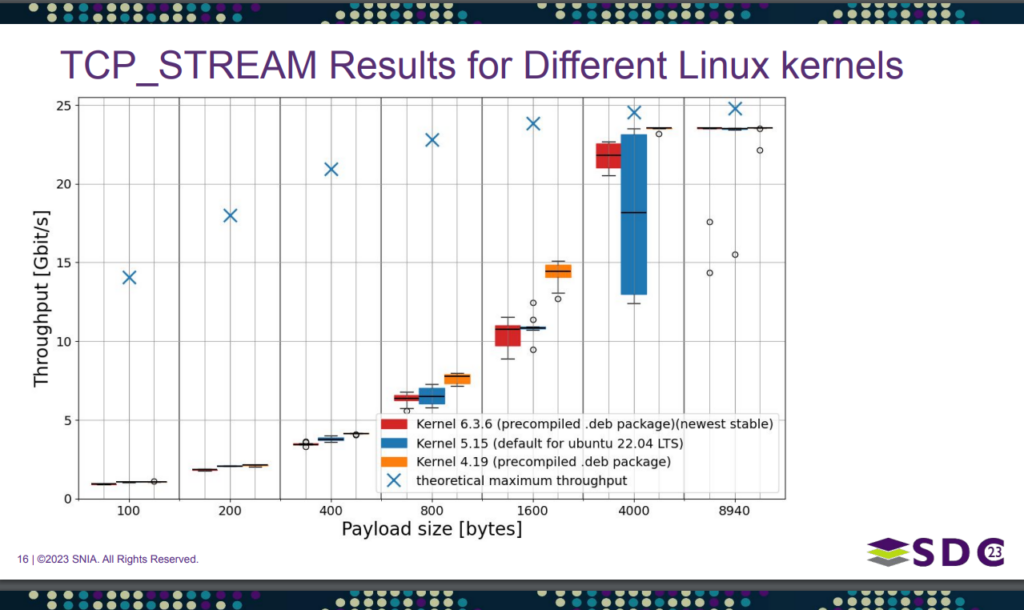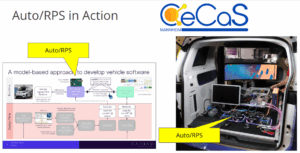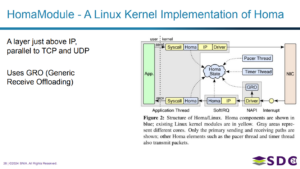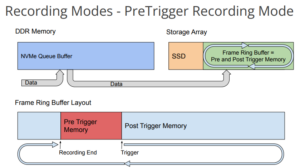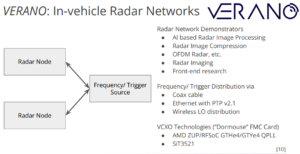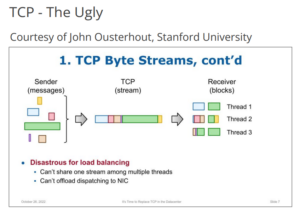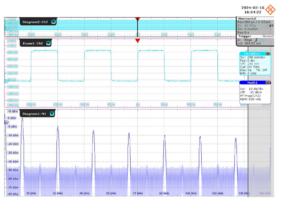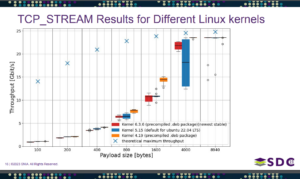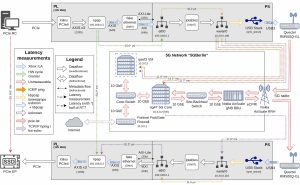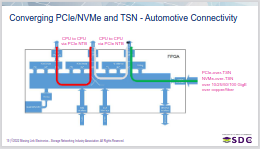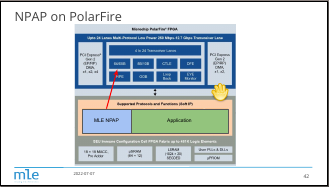Terms-of-Use Policy (June 2023)
PLEASE READ THESE TERMS CAREFULLY BEFORE USING OUR WEBSITE
The materials on this website (the “Site”) are provided by Missing Link Electronics, Inc. (“MLE”) as a service for its customers and may be used for personal and / or informational purposes only.
When you access, browse or use this Site you accept, without limitation or qualification, the terms and conditions set forth below and any additional terms and conditions of use set forth in any sub-site. IF YOU DO NOT AGREE TO THEM, DO NOT USE THIS SITE NOR DOWNLOAD ANY MATERIALS FROM IT. Please note that when you enter any sub-site accessible through this homepage or any other page, such sub-site may have its own terms and conditions of use, which is specific to such sub-site. Notwithstanding the foregoing, a legally binding non-disclosure agreement between you and MLE shall supersede this Terms-of-Use Policy to the extent your use of MLE Site is within scope of such non-disclosure agreement.
Terms for Use of This Site and Its Contents
This Site is only for your personal use. You may not reproduce, distribute, republish, mirror, download, display, exchange, modify, sell or transmit any materials you copy from this Site, including but not limited to any software, text, images, audio and video (“Materials”), for any business, commercial or public purpose. All Materials on this Site are copyrighted and are protected by worldwide copyright laws and treaty provisions. Any unauthorized use of the Materials may violate copyright laws, trademark laws, the laws of privacy and publicity, and civil and criminal statutes.
As long as you comply with the terms of these Terms and Conditions of Use, MLE grants you a non-exclusive, non-transferable, limited right to enter, display and use this Site. This is a license, not a transfer of title, and is subject to the following restrictions:
You may not:
- modify, alter, tamper with, repair or otherwise create derivative works of the Materials or use them for any commercial purpose, or any public display, performance, sale or rental;
- decompile, reverse engineer, or disassemble software Materials except and only to the extent permitted by applicable law;
- remove any copyright or other proprietary notices from the Materials;
- transfer the Materials to another person; and
- use the Site to: (i) store or transmit inappropriate content, such as content that violates the intellectual property rights or rights to the publicity or privacy of others; (ii) store or transmit any content that contains or is used to initiate a denial of service attack, software viruses or other harmful or deleterious computer code, files or programs such as Trojan horses, worms, time bombs, cancelbots, or spyware; or (iii) otherwise violate the legal rights of a third party;
- interfere with or disrupt servers or networks used by MLE to provide the Site or used by other users to access the Site, or violate any third party regulations, policies or procedures of such servers or networks or harass or interfere with another user’s full use and enjoyment of the Site;
- access or attempt to access MLE’s other accounts, computer systems or networks not covered by these Terms, through password mining or any other means;
- cause, in MLE’s sole discretion, inordinate burden on the Site or on MLE’s system resources or capacity; or
- share passwords or other access information or devices or otherwise authorize any third party to access or use the licensed products or the Site.
The Materials may not be copied, reproduced, modified, published, uploaded, posted, transmitted, or distributed in any way, without MLE’s prior written permission. MLE may terminate this license at any time if you are in breach of the terms of these Terms and Conditions of Use. Upon termination, you will immediately destroy the Materials.
All contents of the Site including but not limited to design, text, software, technical drawings, configurations, graphics, other files, and their selection and arrangement are: Copyright © 2023 Missing Link Electronics, Inc., and/or the proprietary property of its suppliers, affiliates, or licensors. All Rights Reserved.
MLE and the MLE logo are, including without limitation, either trademarks or registered trademarks of MLE, and may not be copied, imitated, or used, in whole or in part, without MLE’s prior written permission or that of our suppliers or licensors. MLE is not granting you any license to utilize those proprietary logos, service marks, or trademarks. Except as expressly provided herein, MLE, its partners and its suppliers do not grant any express or implied right to you under any patents, copyrights, trademarks, or trade secret information.
Report Abuse
If you become aware of any material on the Service that contravenes this Terms-of-Use Policy, please notify MLE by email or by using the abuse reporting system on the Service. You must immediately notify MLE in writing of any unauthorized use of any account, licensed product, or Service that comes to your attention. In the event of any such unauthorized use by any third party that obtained access through you, you will take all steps necessary to terminate such unauthorized use. You will provide MLE with such cooperation and assistance related to any such unauthorized use as MLE may reasonably request.
Privacy
In order to operate and provide the Site, MLE collects certain information about you. As part of the Site, MLE may also automatically upload information about your computer or device, your use of the Site, and Site performance. MLE uses and protects that information as described in the privacy policy located here: https://www.missinglinkelectronics.com/privacy-policy/ (“Privacy Policy”). You further acknowledge and agree that MLE may access or disclose information about you, including the content of your communications, in order to: (a) comply with the law or respond to lawful requests or legal process; (b) protect the rights or property of MLE or our customers, including the enforcement of our agreements or policies governing your use of the Site; or (c) act on a good faith belief that such access or disclosure is necessary to protect the personal safety of MLE employees, customers, or the public. MLE retains the right to block or otherwise prevent delivery of any type of file, email or other communication to or from the Site as part of our efforts to protect the Site, protect our customers, or stop you from breaching these Terms. The technology or other means we use may hinder or break your use of the Site.
Materials and Communications Sent to MLE
Any material, information, message or other communication you transmit or post to this Site will be considered non-confidential and non-proprietary (“Communications”). Thus, you give up any claim that any use of such material violates any of your rights including moral rights, privacy rights, proprietary or other property rights, publicity rights, rights to credit for material or ideas, or any other right, including the right to approve the way MLE uses such material. MLE will have no obligations with respect to the Communications. MLE and its designees will be free to copy, disclose, distribute, incorporate and otherwise use the Communications and all data, images, sounds, text, and other things embodied therein for any and all commercial or non-commercial purposes.
You are prohibited from posting or transmitting to or from this Site any unlawful, threatening, libelous, defamatory, obscene, pornographic, or other material that would violate any law or third party’s intellectual property rights.
Any material submitted to this Site may be adapted, broadcast, changed, copied, disclosed, licensed, performed, posted, published, sold, transmitted or used by MLE anywhere in the world, in any medium, forever. Furthermore, MLE is free to use, without any compensation to you, any concepts, ideas, know-how or techniques contained in any communication you send to the Site for any purpose whatsoever, including but not limited to developing, manufacturing and marketing products using such information. However, you agree and understand that MLE is not obligated to use any such ideas or materials and you have no rights to compel such use.
Transmitted Material
Internet transmissions are never completely private or secure. You understand that any Communication you send to this Site may be read or intercepted by others unless there is a special notice that a particular message (for example, credit card information) is encrypted (sent in code). Sending a message to MLE does not cause MLE to have any special responsibility to you, and you agree that faulty transmission and/or third party interception is a risk. You assume that risk by submitting information over the internet, and you agree to hold MLE harmless in the event that information is received by an unintended third party.
Links
This Site may contain links to other Internet sites on the World Wide Web. MLE provides such links for your convenience only, and is not responsible for the content of any site linked to or from this Site. Links from this Site to any other site do not mean that MLE approves of, endorses or recommends that site. MLE reserves the right to terminate any link or linking program at any time. MLE disclaims all warranties, express or implied, as to the accuracy, legality, reliability or validity of any content on any other site. If you decide to access any of the third party sites linked to this Site, you do this entirely at your own risk.
Availability of Products and Services
The products and services displayed on the Site may not be available for purchase in your particular country or locality. The reference to such products and services on the Site does not imply or warrant that these products or services will be available at any time in your particular location.
Online Pricing, Specifications and Availability
Prices, specifications and availability of products sold on www.missinglinkelectronics.com are subject to change without notice. MLE is not liable for any typographical, photographic or specification error in product, pricing or offers which are all subject to correction.
Disclaimer
THE MATERIALS ON THIS SITE ARE PROVIDED “AS IS” WITHOUT ANY EXPRESS OR IMPLIED WARRANTY OF ANY KIND INCLUDING WARRANTIES OF MERCHANTABILITY, NONINFRINGEMENT OF INTELLECTUAL PROPERTY, OR FITNESS FOR ANY PARTICULAR PURPOSE. IN NO EVENT SHALL MLE OR ITS SUPPLIERS BE LIABLE FOR ANY DAMAGES WHATSOEVER (INCLUDING, WITHOUT LIMITATION, DAMAGES FOR LOSS OF PROFITS, BUSINESS INTERRUPTION, LOSS OF INFORMATION, INDIRECT, CONSEQUENTIAL OR PUNITIVE DAMAGES) ARISING OUT OF THE USE OF OR INABILITY TO USE THE MATERIALS, EVEN IF MLE HAS BEEN ADVISED OF THE POSSIBILITY OF SUCH DAMAGES. MLE and its suppliers further do not warrant the accuracy or completeness of the information, text, graphics, links or other items contained within these materials. MLE may make changes to these materials, or to the products described therein, at any time without notice. MLE makes no commitment to update the Materials.
Indemnification
You agree to indemnify, defend and hold MLE and all of its agents, directors, officers, employees, information providers, licensors and licensees and affiliates, (collectively, “Indemnified Parties”) harmless from and against any and all liability and costs (including, without limitation, attorneys’ fees and costs), incurred by the Indemnified Parties in connection with any claim arising out of any breach by you of these Terms and Conditions of Use. You will cooperate as fully as reasonably required in MLE’s defense of any claim. MLE reserves the right, at its own expense, to assume the exclusive defense and control of any matter otherwise subject to indemnification by you and you shall not in any event settle any matter without the written consent of MLE.
Right to Change These Terms-of-Use or Content on the Site
MLE may add to, change or remove any part of these Terms and Conditions of Use at any time, without notice. Any changes to these Terms and Conditions of Use or any terms posted on this Site apply as soon as they are posted. By continuing to use this Site after any changes are posted, you are indicating your acceptance of those changes. MLE may add, change, discontinue, remove or suspend any other Materials posted on this Site, including features and specifications of products described or depicted on the Site, temporarily or permanently, at any time, without notice and without liability.
Suspension and Termination of Your Use
MLE reserves the right to temporarily suspend or terminate your access to the Site at any time in our sole discretion, with or without cause, and with or without notice, without incurring liability of any kind. For example, we may suspend or terminate your access to or use of the Service for: (a) the actual or suspected violation of the Agreement or this Terms-of-Use Policy; (b) the use of the in a manner that may cause MLE to have legal liability or disrupt others’ use of the Site; (c) the suspicion or detection of any malicious code, virus or other harmful code by you or in your account; (d) scheduled downtime and recurring downtime; (e) use of excessive storage capacity or bandwidth; or (f) unplanned technical problems and outages. If, in MLE’s determination, the suspension might be indefinite and/or MLE has elected to terminate your access to the Service, MLE will use commercially reasonable efforts to notify you through the Site. You acknowledge that if your access to the Site is suspended or terminated, you may no longer have access to the Code that is stored with the Site.
General Terms
This site is controlled by MLE from its offices within the United States of America. MLE makes no representation that Materials in the site are appropriate or available for use in other locations, and access to them from territories where their content is illegal is prohibited. Those who choose to access this site from other locations do so on their own initiative and are responsible for compliance with applicable local laws. You may not use or export the Materials in violation of U.S. export laws and regulations. Any claim relating to the Materials shall be governed by the internal substantive laws of the State of California, United States of America. Any cause of action you may have with respect to your use of this Site must be commenced within (1) year after the claim or cause of action arises. If for any reason a court of competent jurisdiction finds any provision of these Terms and Conditions of Use, or portion thereof, to be unenforceable, that provision shall be enforced to the maximum extent permissible so as to effect the intent of this agreement, and the remainder of these Terms and Conditions of Use shall continue in full force and effect.
